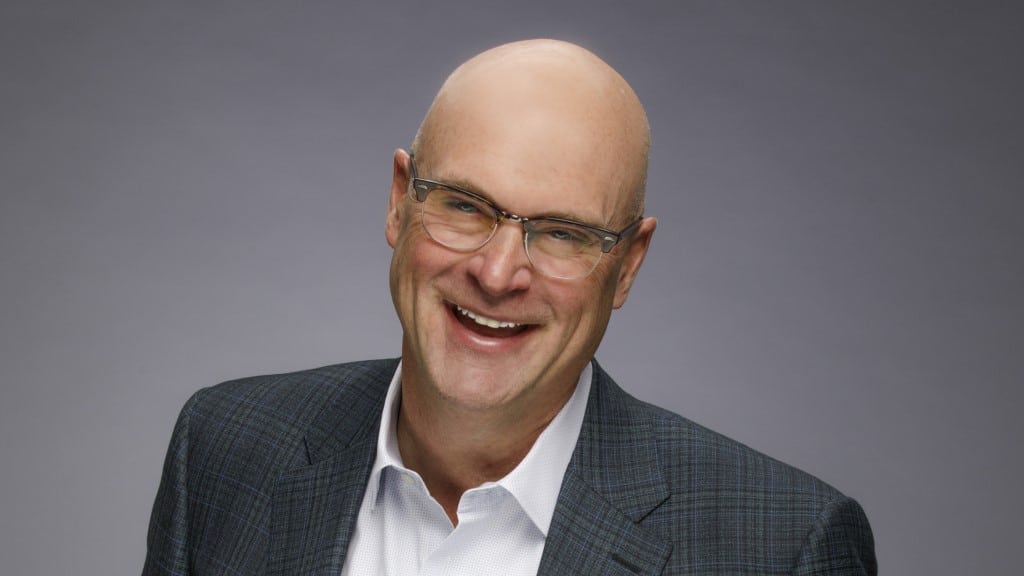IFSJ Influencer Insight: James Tomes, President and CEO, Telgian
- December 20, 2023
- 11:35 am


Iain Hoey
Share this content
The biggest challenge for our industry is one word: “Talent.” Or more correctly, not enough of it.
Currently, there are too few highly trained fire safety engineers and technicians in the pipeline. In North America, we have only five universities that are training engineers in fire protection, which together produce just over 100 graduates a year; one college-based Fire Suppression Designer program; the offerings at NFSA and AFSA; and one college-based Fire Alarm Designer program.
Historically, the industry was well served by the outstanding HPR training programs from Factory Mutual, IRI, and Kemper. During the 1990s and 2000s Telgian was able to sustain its rapid growth by tapping into this excellent pipeline. For example, Len Ramo, President of Telgian Engineering & Consulting, was a product of the Kemper program. During the 2000s Telgian also had a small program developed by Bill Thomas, the legend behind Kemper’s program. This program was a victim of the 2008 economic disruption.
Compounding the supply problem is attrition. In an article published in 2015, SFPE predicted that 25% of the work force would retire in 10 years. We are eight years in, and COVID-19 has only accelerated that trend. This is after the loss of talent caused by people permanently leaving the construction industry after the Great Recession in 2008.
The resulting pinched supply of trained personnel constricts the growth of individual companies and impedes the further advancement of the industry. We have the confluence of increasing demand and a diminishing pool of almost every job classification within the fire protection industry.
There are several trends driving up demand as a whole for the entire industry. Demand for fire protection is increasing as new technologies are developing and new codes require engineered design and/or engineer involvement, and new reviews are being required. New and existing firms (i.e., architects/MEP) are adding fire protection as a service offering to support increased demand for engineering and design.
SFPE Position Statement 2020-1 helped outline the differences between the engineer and the engineer technician. However, during a 2022 SPFE Annual Conference panel discussion, it was noted that if all the items in this position statement were fully implemented and followed – the industry cannot support it as there are simply not enough qualified engineers.
Because of Telgian’s broad service offering, we require the entire gamut of personnel, from Ph.D. level engineers to accredited field technicians, and everyone in between. So, we feel the pinch too. Telgian has to be very selective in the scope and terms, and the number of projects we take, to ensure we are providing our customary high levels of service.
So, what is the solution? I will shamelessly steal a quote. “It takes a village.” Collectively, we as leaders need to invest in formal training programs, not just “on the job.” We are currently studying the possibility of restarting Telgian’s program. It only produces five FPEs per year, which may not seem like much, but that is a 5% increase for the entire industry. What if we all committed to producing five engineers or technicians per year for the good of the industry?
About the IFSJ Influencer
President and CEO of Telgian Holdings, Inc., James Tomes is responsible for the positioning of Telgian for long-term success. This includes the execution of the company’s strategic plan, as well as its operational and financial success. As a force for positive change, Tomes has served on NFPA global code development committees, and shares his 30+ years of business experience and expertise with numerous regional, national and international organisations.

